Do you understand the ripple effect and how it relates to property and price growth?
It is a similar concept to dropping a stone in a pond, the result being small ripples moving outward.
In a property sense, we have a CBD as the centre point and the ripples as suburbs move further away.
A lot of investors make the mistake of thinking the ripple will go on forever or believing different cities are equal.
But like the pond, there are boundaries or limitations that will stop or constrict the ripple of price growth.
In a property sense, this boundary has a human element which is critical for investors to understand this principle.
While outer areas may eventually see price gains, you may not have the time or patience to wait decades.
Here are my thoughts;
What We Want
The first thing to understand is the human element and what drives us.
Imagine for a moment, that you were moving to another city, you may have gone through this thought process instinctively at some stage.
Your priority will likely be finding employment and getting a job and then living as close as practically possible to work.
In most cases, this will be at a large employment hub like a CBD, a major hospital, airport or shopping centre.
Next, in the event you are relocating with family and children, education will also be another key priority.
This is why we see suburbs with quality schools and in particular highly rated public schools where education is cheaper, performing strongly.
Lifestyle features and benefits will likely be your next requirement.
Suburbs with the ability to walk up and grab a coffee or a bite to eat become more favourable.
Rather than one supermarket or takeaway restaurant, there must be four of each, and access to green space and walkways are a must.
As a property investor, you need to understand what drives us as humans and these priorities are critical.
- Employment
- Education
- Liveability
How we measure these priorities
A great tool we use to measure these priorities in an incredible amount of detail is walkscore.
This site allows us to understand the suburbs' dynamics such as employment hubs, schools, public transport, green space, coffee shops, restaurants, and the list goes on.
It will then score the suburb on its “walkability”
To highlight my point and to bring it back to the ripple effect, let's take a close look at Brisbane and score suburbs moving away from the CBD.
Naturally, the most walkable part of a city will be its CBD.
In this case, Brisbane CBD has a Walkscore of 95 and it is deemed a walkers paradise, with almost all tasks able to be achieved on foot.
Ease of getting around is superior with walkability, trains buses, and even ferries.
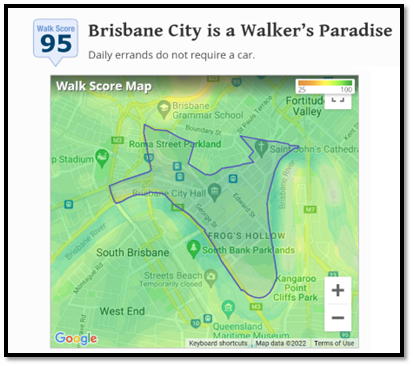
As move outward around 10km, we find Chermside West with a Walkscore of 57, where some tasks can be achieved on foot.
There are fewer lifestyle features and coffee shops, but highly rated schools come into calculation.
Public transport options also see fewer options and at this level, it will likely be a bus or train line.
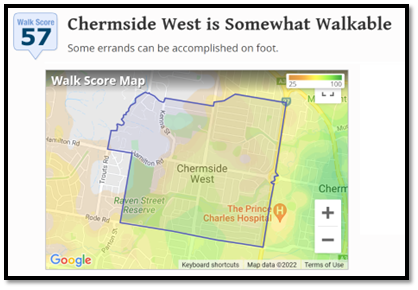
Rippling out to the 20km mark, we have North Lakes with a Walkscore of 34, which is deemed a car-dependent neighbourhood with few tasks being achieved on foot.
There are not as many highly rated schools and public transport is very limited and requires multiple trips to get to your end destination.
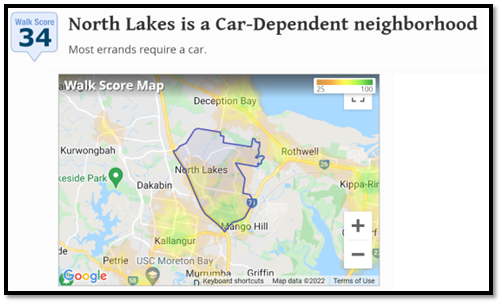
By mapping it all out, we see the scores and the ripples decreasing as we move away from the centre point.
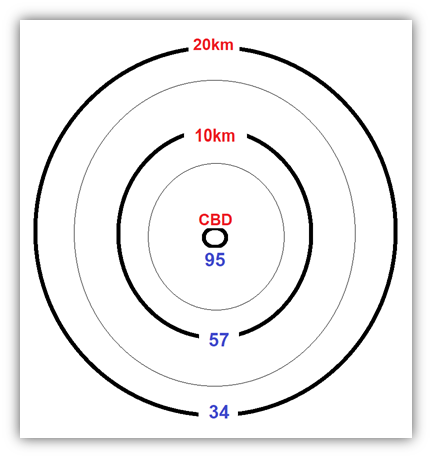
A big trap for investors is thinking all cities are the same and buying 20km from Sydney will yield the same results as buying 20km from Brisbane when it won’t.
Bigger capitals like Sydney and Melbourne have a greater urban sprawl and as a result, the intervals may be 30km or 40km away.
The boundary
In a pond, the boundary may be the walls of the pond but with property, it will be the relationship between affordability and liveability.
Most people will not continue to move further and further out, there will come a tipping point.
In Brisbane, with house prices rising an eye-watering 30% in the last 12 months we have reached that tipping point in the market.
As house buyers are priced out of the more preferred 10km ring or the 20km ring they will have a decision to make.
Do they move outward into less convenient and desirable locations, away from the employment hubs, quality schools, public transport, and lifestyle benefits.
Or do they stay put or move closer in by considering smaller accommodation like a townhouse or a larger sized apartment?
Imagine you are living and settled in a 10 - 20km ring suburb, would you really want to buy and move further out where Walkscores approach zero?
The majority will place a higher priority on location and convenience.
This is why we now see demand for townhouses and apartments rise and with that, so does property price growth.
Making sense as an investor
How do we take advantage of these principles as an investor?
- Move inward toward larger employment hubs and target smaller properties, preferably townhouses, then villas or apartments.
- Encompass lifestyle precincts and locations with good school catchments and public transport wherever you can.
- You cannot keep buying further out if you want wealth-producing rates of return – there may be growth…. eventually, but there are superior opportunities over the shorter term.
- You simply must understand the concept of the 20 Minute Neighbourhood moving forward.
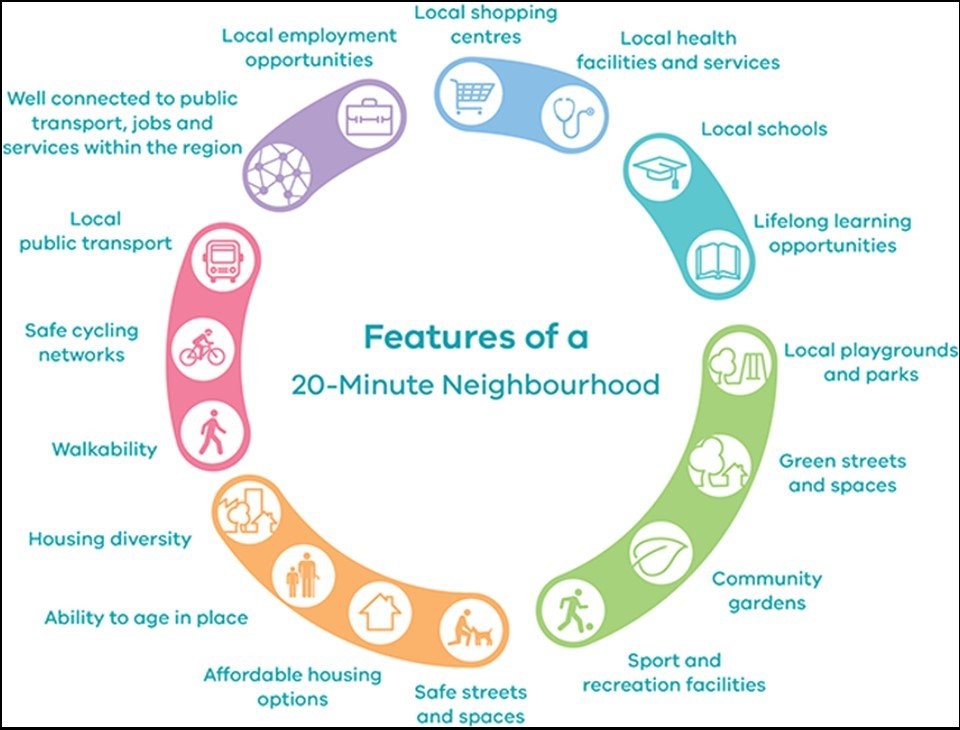
.....................................................
 Brett Warren is a director of Metropole Properties in Brisbane and uses his 18 plus years property investment experience and economics education to advise clients how to build their portfolios.
Brett Warren is a director of Metropole Properties in Brisbane and uses his 18 plus years property investment experience and economics education to advise clients how to build their portfolios.
He is a regular commentator for Michael Yardney's Property Update.
Disclaimer: while due care is taken, the viewpoints expressed by contributors do not necessarily reflect the opinions of Your Investment Property.